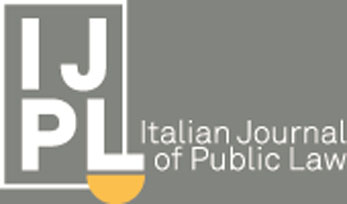Giuliano Vosa
Abstract
In a decade marked by multiple crises, the European Union appears uncertain about its own trajectory. The integration through law project reveals numerous fragilities, while integration itself advances rapidly yet unpredictably, driven by successive emergencies.
This work explores the origins of a doctrine—the Planungsverfassung, or constitution-to-be—which has reinforced the original intent argument in the interpretation of Union law, granting it precedence over national law. The key contribution of this concept lies in its ability to clarify the connections between the political-constitutional settlements established within Member States after World War II and the gradual development of the European project.
This perspective may help to better understand the escalating constitutional conflicts that challenge the Union, particularly as the Court of Justice seeks to sever the link between Union law and national constitutions, both as repositories of conceptual frameworks and as sources of authority. In this context, claims for a value-based primacy are examined in light of the evolving Planungsverfassung construct, which has led to the progressive marginalization of textual arguments that introduce morally neutral elements into Union law.
TABLE OF CONTENTS
- Introduction & Research Question
- Back to Beginnings: Plan of the Work
- The Ever Closer Union Project: Enhanced Teleology
- The Legal Concept: A Planned Constitution-To-Be
- The Rise of the Planungsverfassung Argument
- Decline
- Transfiguration
- Conclusions: Still an Ever Closer Union?
